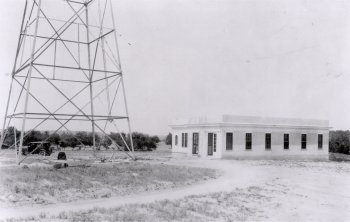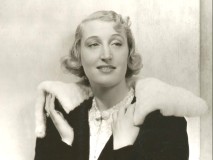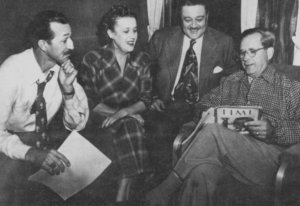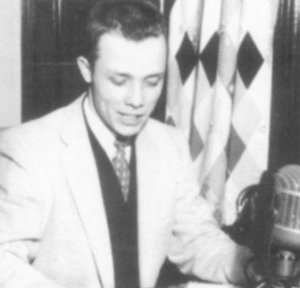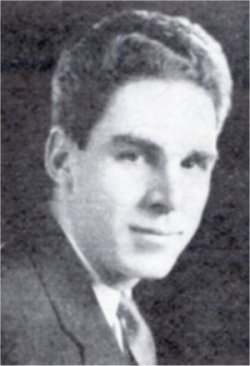Radio Articles
St. Louis’ First DJ War
Many St. Louisans remember the classic battle between WIL and KXOK to dominate the market’s young listening audience in the late ‘50s and early ‘60s, but the city’s first deejay war took place a decade earlier.
In the late ‘40s, the concept of a disc jockey was just beginning to take hold. Radio stations which were network affiliates relied on the nets to fill the day with programming, which ranged from news to soap operas to comedies, dramas and kids’ shows. A new invention – television – was slowly making inroads, and the networks were beginning to raid their stables of radio stars to provide programming for the new medium.
Independent radio stations provided many of the same types of shows as did their net-affiliated brethren, but the shows were locally produced. Those programs that relied on “transcribed music” were completely scripted, and the announcers seldom projected any of their own personalities.
But in 1947, St. Louisans got their first taste of disc jockey competition. The situation is described in Arnold Passman’s book, “The Deejays.” Two men who had already established themselves in the market suddenly became competitors for the ears of the music-loving masses.
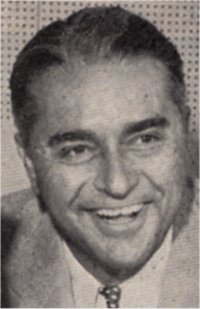
Rush Hughes had made a name for himself nationally as announcer/host for the NBC game show “Pot O’ Gold,” and in news, delivering commentaries even before he came to St. Louis. This had led to a syndication deal in which his commentaries were distributed to subscribing stations on disc.
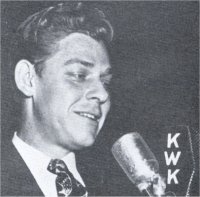
Gil Newsome also had done national work as the announcer on “Coca-Cola’s Victory Parade of Spotlight Bands,” heard on the Blue Network and Mutual. In St. Louis, he took his show to where the teen audience was, doing remotes and personal appearances constantly.
As Passman described it in his book, Hughes was working at KXOK in the spring of 1947. “By late spring KWK had brought in the rapid-fire, hard-selling Newsome, with his record shop surveys. And it wasn’t long after the fall semester was underway that he topped the ratings.”
Besides his work as a local deejay, Hughes had some additional responsibilities. He was on the road frequently promoting his syndicated show, but he managed to corner celebrities while he was traveling and return with interviews he could broadcast on KXOK. Newsome soon went on the road on weekends to do the same thing.
The two would also battle using record promoters, jockeying to be the first in the market to air a new release. When successful, each jock would make sure his listeners knew he had bested the competitor at the other station. Passman wrote, “Nowhere was the battle more frenzied than in St. Louis.”
To the casual observer, all this competition would seem to be beneficial to listeners. The city’s top two radio personalities working so hard to be best would certainly result in a better radio product. It did, but there was an interesting bit of fallout.
Passman notes that other deejays at lesser stations here were left in the dust, but they were smart enough to know their limits “…lesser announcers would reluctantly turn down advance men for entertainers. Not only did they acknowledge the power of a Hughes or a Newsome…they feared their possible air venom. By letting the press agents off the hook in this way, the other deejays shrugged their shoulders and tried to make the best of a sticky situation.”
This opening salvo in St. Louis’ deejay wars came to an end in 1948 when Hughes took a job in Chicago, but it wasn’t peaceful for long. A young jock named Ed Bonner soon hit town on KXOK, giving Newsome another foe to battle over the airwaves.
(Reprinted with permission of the St. Louis Journalism Review. Originally published 4/2008.)
